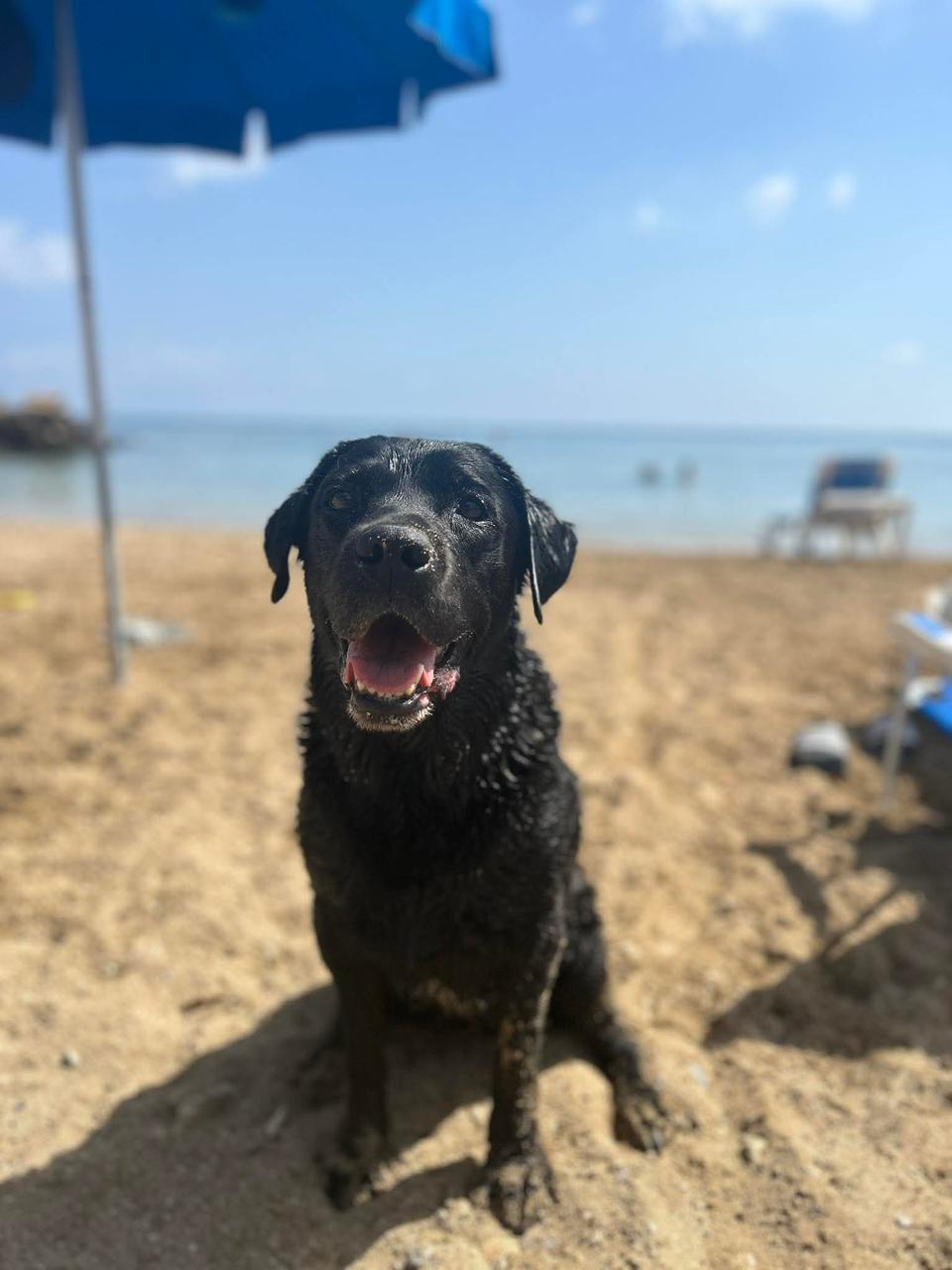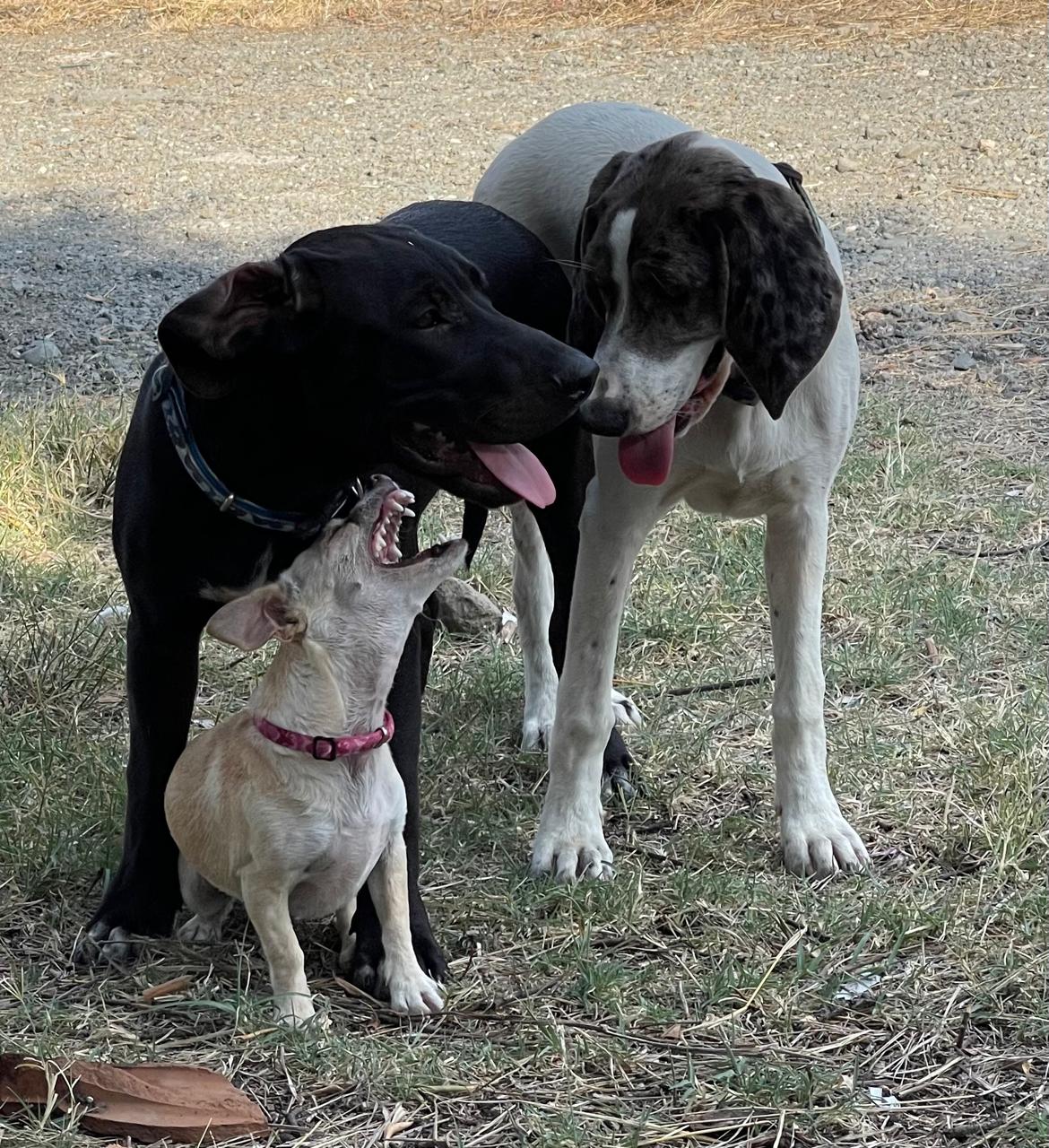Blasting air-conditioning and ice-cold water is not the answer
With temperatures ranging above 40 degrees Celsius on a regular basis, summer is in full swing. While we cool off with cold drinks, air conditioning and beach days, our animal companions have fewer ways to manage the heat.
But there are ways to help them find real relief – and surprisingly, they don’t involve cold drinks or ice water.
The Cyprus Mail spoke with local vets who shared practical tips for keeping pets safe, along with common, well-meaning mistakes that can put animals at serious risk.
Shade over cold, always
“We tend to project our own needs onto the animals, but the reality is that different specimens have different needs,” says Nicosia-based vet Andreas Christou.
He explains that unlike humans, who regulate body temperature through sweating, dogs cool themselves by panting.
“It’s normal for dogs to pant,” he explains, however, panting in cats usually indicates overheating, anxiety or even respiratory issues.
So how can we help our cats, dogs, rabbits, or birds cope with the summer heat? Well, not with cold water.
Christou advises avoiding ice cubes and very cold water and only moderately using air conditioning – to keep a temperature of around 25 degrees Celsius.
Instead, he recommends two simple, yet essential steps: offer room-temperature water and keep animals in shaded areas, crucial for both everyday relief and as immediate care if signs of heat stroke appear.

Dogs: Touch ground before going on your round
When it comes to dogs, walks during peak temperatures can be risky – even if they seem eager to go. Nicosia-based vet Jackie Patsalidou offers a useful trick:
“Before taking your dog on a walk, put the hand on the pavement for ten seconds, if it’s too hot for you, it’s too hot for them,” she says.
She recommends walking dogs early in the morning, before 8am, or later in the evening, after 6pm. This may sound like common sense, but Jackie says she still treats dogs with heat stroke regularly, reminding us that even small precautions can make a big difference.
Jackie advises letting dogs rest briefly after walks before offering water. “Cold water too soon can cause bloating or their stomach to twist,” she warns.
She also says that dogs might refuse food during the hottest hours and recommends feeding them early or late in the day.
Don’t bath your bunny
For smaller animals like birds, hamsters and bunnies, Jackie says a few extra things are to be kept in mind.
Bathing rabbits or chinchillas should be strictly avoided, Jackie warns, as the sudden temperature change can be fatal as their bodies aren’t built to handle it.
Birds are especially sensitive to heat and need to be kept in shaded areas. Prolonged exposure can lead to stress, feather plucking or even heat stroke.

Watch the bugs and mind the heat
“Especially in summer, pet parents should be more mindful of parasites,” says our third vet Takis Koliantris, pointing to an increased parasitic load that comes with rising temperatures.
Keep a close eye on those from around March to October, and make sure your pets are treated with spot-on drops on the neck of your pet which protects them for up to three months, a spray with similar effect or even a pill. But please consult your vet first, they will be able to recommend you what’s best for your pet.
Overall all three vets agree on a few essentials: plenty of fresh, room-temperature water – ideally 1–2 per cent of a pet’s body weight per day – along with a balanced mix of wet and dry food, consistent shade and special attention to vulnerable animals, including the very young, old, small, or sick.
And since we’re on an island with stray animals in abundance any bowl with fresh water, some dry food and whatever options you have to provide them with some shade can make a real change.







Click here to change your cookie preferences